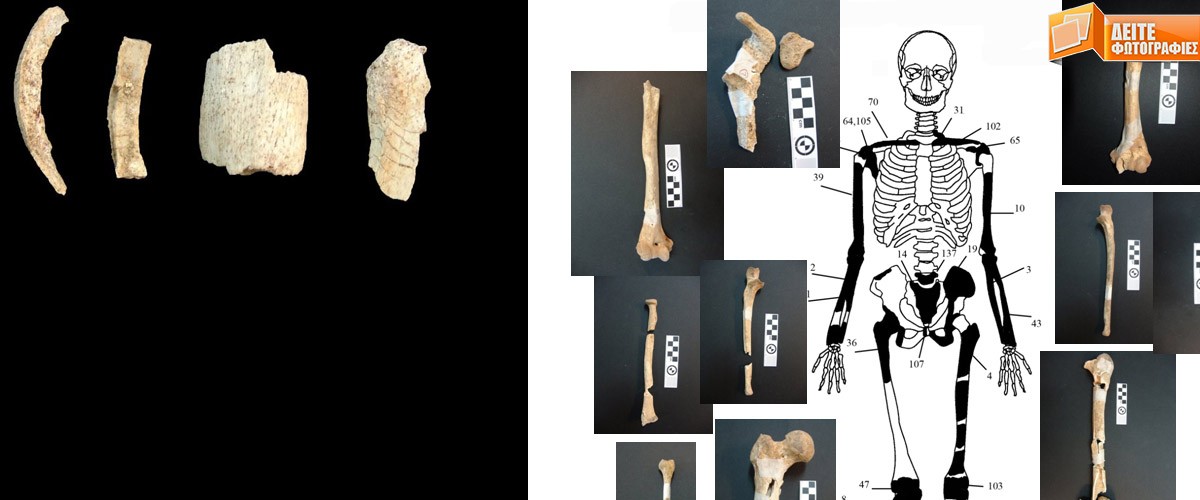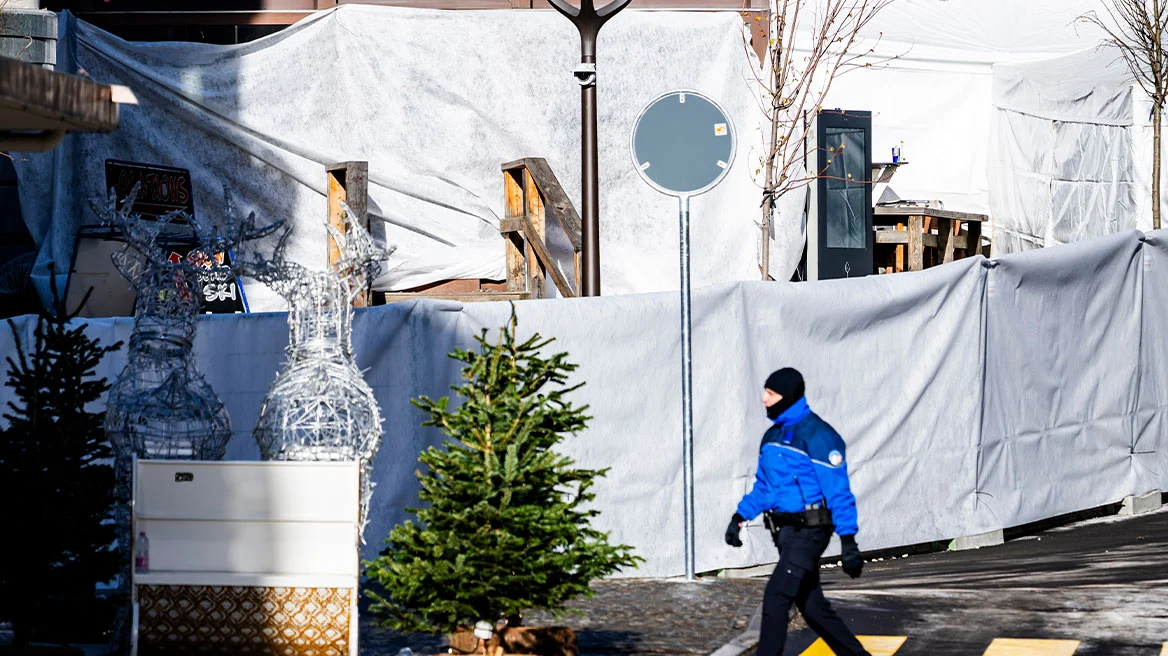The burial mound at Amphipolis is a family tomb, according to reports. Five remains were found in the tomb at Casta Hill. Apart from reports indicating that a roughly 60-year-old woman was identified by scientists of the Aristotle University of Thessaloniki and Democritos University of Thrace, there are also reports that the remains of two adult men, in their 30s, as well as an infant were located. One of the five occupants of the tomb had been burnt at an earlier time. The remains of the person burnt had probably preceded the rest, as this had ceased being used as a burial means in the 2nd-3rd century BC.
Scientists are currently looking at the DNA of the skeletal remains to see if the occupants are related. They are seeking family profiles to match the occupants with historical personalities they may belong to, however the ashes of the burnt body will be the hardest to identify.
The skeletal remains found in the funerary monument of the Casta Hill in Amphipolis include approximately 550 bone fragments and whole bones, a skull that was discovered almost intact, apart from the bones that make up the face, and a mandible that was also found intact. No teeth were found, except from the decayed root of a premolar. Of the 550 bones that were counted, 157 were carefully assembled from different scattered bone fragments and were then recorded systematically in a database so that they could be traced to specific individuals.
Animal bones were also identified, some of which seem to belong to horses. The animal bones will be studied by a specialist in Zooarchaeology.
Ask me anything
Explore related questions





